In fact, the tube is made in such a way that it can be connected to bags containing the basic foods that a human being needs.
Performed under local anesthesia and without the need for large incisions on the abdomen, PEG can be performed by doctors who specialize in a variety of disciplines, including general surgery, gastroenterology, ENT or radiology.
ORIGIN OF THE NAME
The term gastrostomy derives from the "union of two words:" gastro ", which derives from the Greek" gaster "and means stomach, and" ostomy ", which derives from the Greek" stoma "and means mouth / opening (which is the one in which it emerges the tube for artificial feeding).
Endoscopic refers to the fact that an endoscope is used during the procedure; this particular instrument, equipped with a camera and a light source, is inserted into the stomach starting from the mouth and serves to identify the exact point for the insertion of the tube.
Percutaneous means "which occurs through the skin". In the specific case, it refers to the perforation of the abdomen and stomach, through which the tube for artificial nutrition is made.
PEG AND ADMINISTRATION OF NUTRIENTS: ENTERAL NUTRITION
PEG is an enteral feeding modality. The latter is any form of artificial nutrition performed through a tube that reaches a tract of the digestive system. The insertion of the tube can take place directly, as for example in the case of a PEG or a jejunostomy, or starting from the nose, as for example in the case of a nasogastric or naso-jejunal tube.
.
CLASSIC SITUATIONS THAT REQUIRE PEG
Usually, percutaneous endoscopic gastrostomy is done when the inability to feed orally is due to:
- A previous episode of stroke
- Surgical interventions performed for the correction of anatomical defects such as the cleft lip. In this case it is a temporary solution.
- A radiotherapy treatment for the treatment of a neoplasm located in the neck or head. In fact, if performed in these locations, radiotherapy can temporarily make chewing difficult.
- Amyotrophic lateral sclerosis (ALS)
- Gastric volvulus, or when the stomach twists on itself.
- Bowel obstruction. In these circumstances, PEG has a gastric decompression purpose, so it serves to empty the stomach rather than supply it with nutrients.
With the endoscope in the stomach, the stomach wall is made to adhere to the abdominal wall, in such a way as to facilitate the next step: the double perforation, by needle, of the abdomen and stomach. Obviously, double perforation requires local anesthesia.
A cannula is inserted into the hole just drilled and a thread is introduced through the cannula.
This wire is hooked, in some way, to the endoscope and, by means of the same endoscope, extracted from the mouth. Then, to the end of the wire extracted, the attending physician connects the tube for artificial nutrition.
At this point, for the correct positioning of the tube in the abdomen, it is sufficient to pull the opposite end of the thread, located at the level of the cannula.
To prevent the tube from coming out of the abdomen, there is a special swelling (called "onion"), located on the opposite side to that which will emerge to connect the nutritional bag.
from abdominal perforation.Readers are reminded that the "open" surgical approach (laparotomy) consists of "making large incisions and opening the anatomical area concerned (abdomen, chest, etc.); while the" laparoscopic surgical approach (laparoscopy) consists of " "operate by introducing the surgical instrumentation through small incisions on the affected area

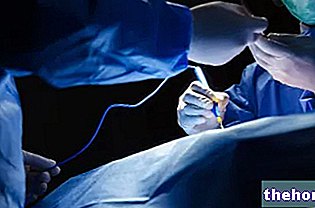
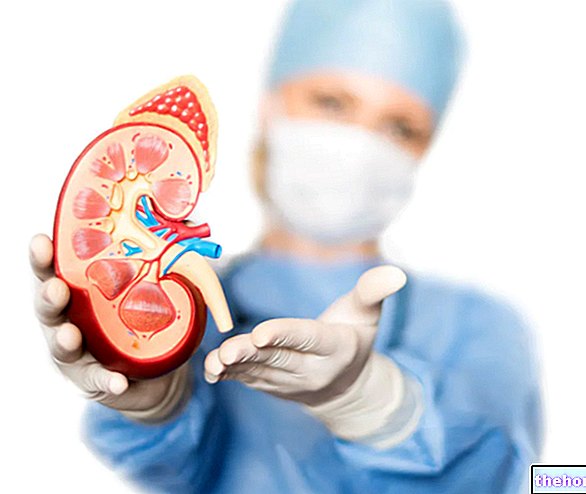
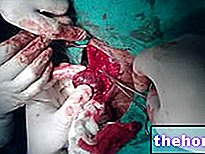
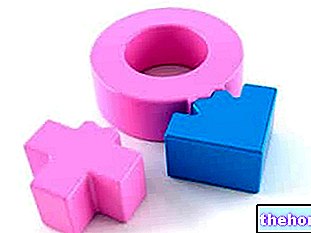
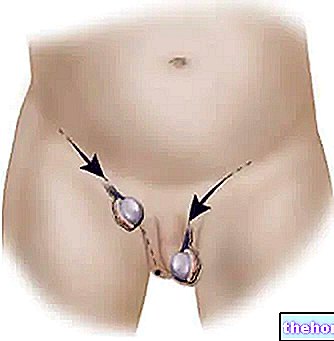










.jpg)











